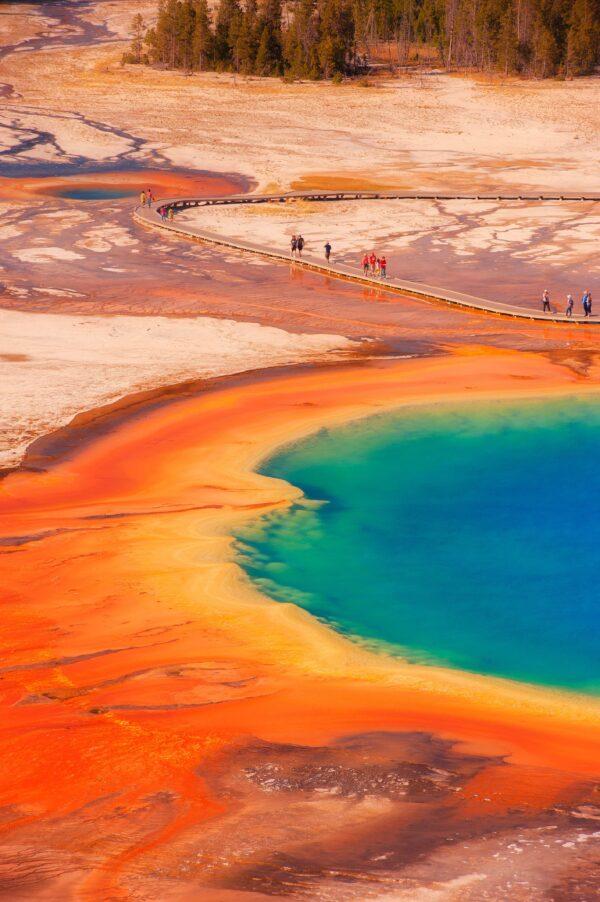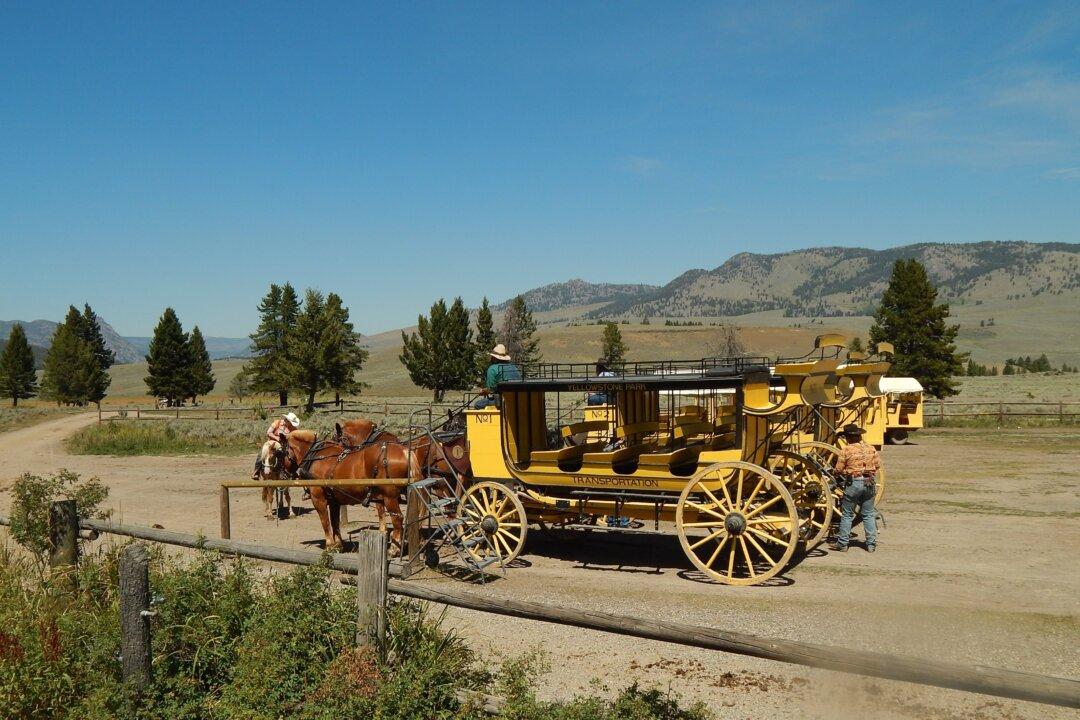The introduction of the train at Yellowstone National Park prefaced the increase in visitors to America’s first national park, which is celebrating 150 years in 2022. The opening of the Gardiner, Montana, train station in 1902 near the North Entrance made it easier to access the park and prompted a rise in tourism. Although the park was established in 1872, it wasn’t until 1886 that stagecoaches became the primary transportation through the park. At the train station, visitors would board a stagecoach heading for the Mammoth area of the park. From there, a five-day tour took guests to various—albeit primitive compared to today’s options—lodging and dining, with regular stops for sightseeing of the geysers, other hydrothermal features, and wildlife. Stagecoaches took guests until 1917, when park transportation converted to motorized vehicles.






